JGSDF’s Modern Howitzer
As seen in the Russo-Ukrainian War, continuously firing from the same location results in a quick exposure and counter-fire, fomenting the need for self-propelled artillery systems.
Japan’s Ground Self-Defense Force (JGSDF) understands this lesson and has quite a long history of developing its own self-propelled artillery, mostly aimed at countering a Soviet/Russian invasion in the north.
The still-active “Type 99 self-propelled 155mm howitzer (SPH)” is one such example of the island nation’s indigenous artillery pieces.
- General Overview
| Mass | 40 tons |
| Length | 12.2m/40ft |
| Width | 3.2m/10.5ft |
| Height | 3.9m/12.8ft |
| Crew | 4 people |
| Speed | 50km/h or 31mph (on-road) |
| Armament | 155mm/52-calibre howizter |
| Firing Range | 30~40km/18.6~25miles |
| Firing Rate | 6 rounds/min (maximum) |
| Unit Price | 〜10 million USD |
Nicknamed “Long Nose,” the Type 99 SPH represents a significant advancement over its predecessor, the Type 75 self-propelled howitzer.
Despite both having 155mm guns, the Type 99 has an increased range of up to 30km or 18.6 miles which is 1.5 times that of the Type 75. By using long-range ammunition, this can be extended to 40km (25 miles).
Another notable feature is the automatic loading system, capable of handling not only shells but also propellant charges – a capability deemed uncommon worldwide.
Thanks to this automatic loading mechanism, the Type 99 can maintain a firing rate of six rounds per minute for three minutes.
The howitzer can also be coupled with an ammunition resupply vehicle for continuous firing, though such method is unlikely in modern artillery duels.
 A Type 99 SPH firing during exercise (photo: JGSDF)
A Type 99 SPH firing during exercise (photo: JGSDF)
In an effort to evolve capabilities, the Type 99 SPH utilizes satellite positioning for precise location identification and its fire-control system is integrated with a data-link system designed for JGSDF artillery units.
These upgrades not only simplify adjustments, such as a firing angles and directions, but also allows the entire process to be remotely controlled from the nearest fire-control center.
This marks a significant departure from the traditional method of relying on manual measurements and radio communication that were employed by the Type 75.
Too Expensive, Too Few
Nonetheless, the Type 99 SPH faced unexpected challenges upon completion.
By the time of its deployment, the Soviet Union had already collapsed, greatly reducing the possibility of a large-scale ground invasion. Associated with the expensive unit cost equivalent to that of the Type 90 tank, many questioned the necessity of such large-caliber artillery.
Production ended with a total of 136 units, falling far short of replacing the Type 75 that had well over 200 units, and the Type 99’s deployment was limited to Hokkaido.
Other units outside of Hokkaido were stuck with the outdated FH70 towed howitzer, but are expected to be gradually replaced by the latest Type 19 wheeled self-propelled howitzer.
So, how long are the Type 99s to be in service?
With the JGSDF’s artillery reduced from 400 to 300 pieces and the shifting demands for island defense, a more mobile howitzer capable of rapid deployment via air-lift is required.
In this context, the 40-ton Type 99 SPH requires tank transporter and ships, whereas the 25-ton Type 19 wheeled SPH can be air-lifted by C-2 transports, making it more suitable for island defense.
But, when it comes to defensive armor, the non-armored Type 19 is absolutely at a disadvantage compared to the Type 99.
Should a fierce artillery battle like the ones taking place in Ukraine occur, the armored Type 99 would certainly be the one to take up the job.
As long as the possibility of a large-scale invasion remains, the Type 99 SPH will continue to serve primarily in the north, but also as crucial back-up in case the situation calls for heavy, armored howitzers.
Currently, there is no concrete plan to develop a new armored self-propelled gun, so the Type 99 will likely remain in service until the 2040s.


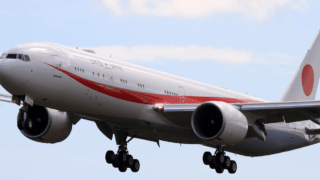
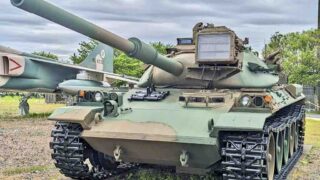
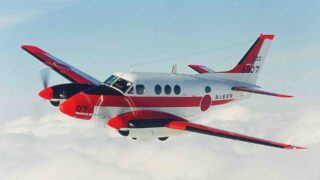
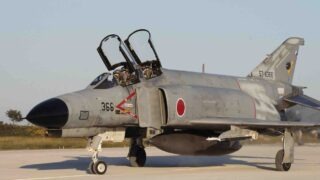
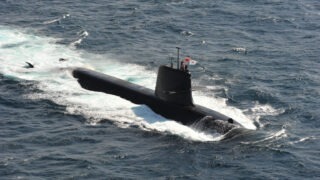
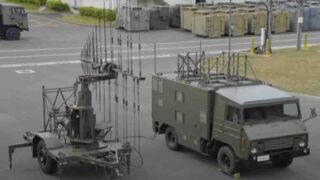
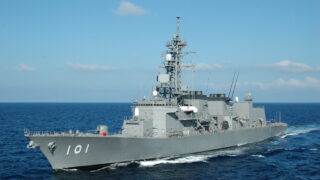

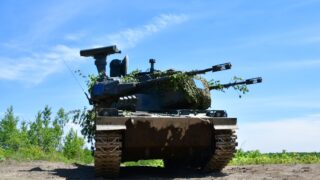
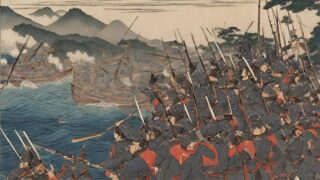
-320x180.jpg)

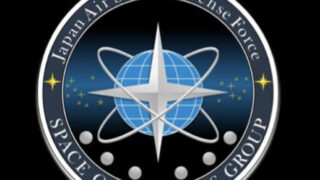
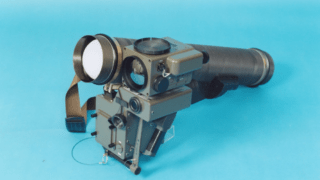
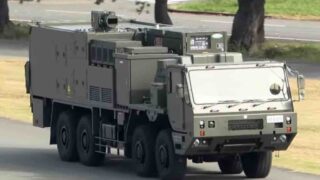
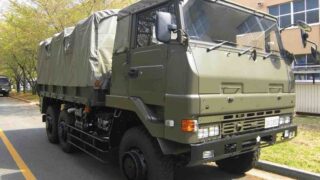
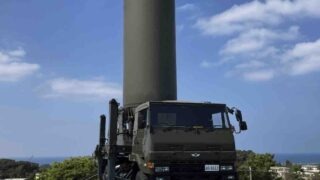
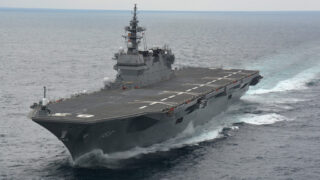

Comments